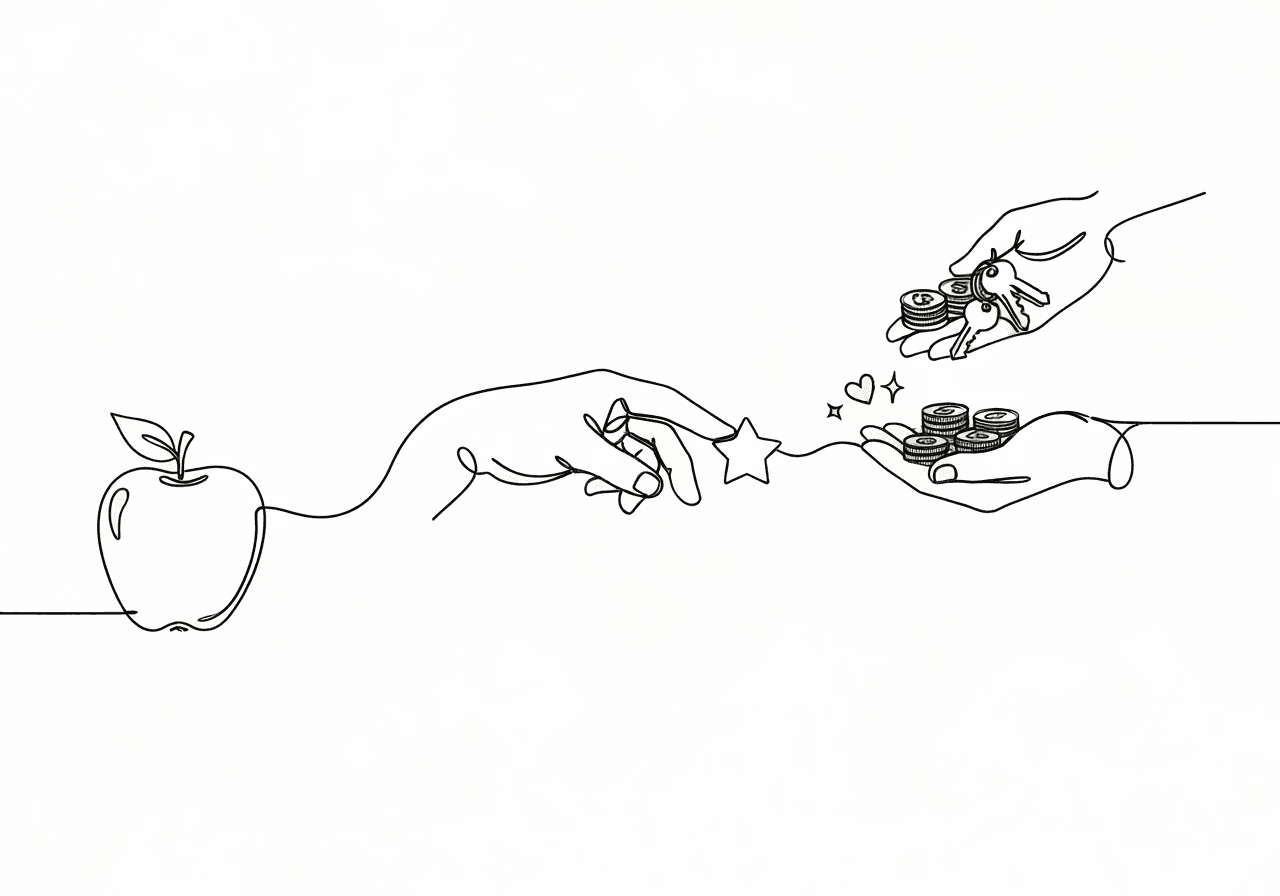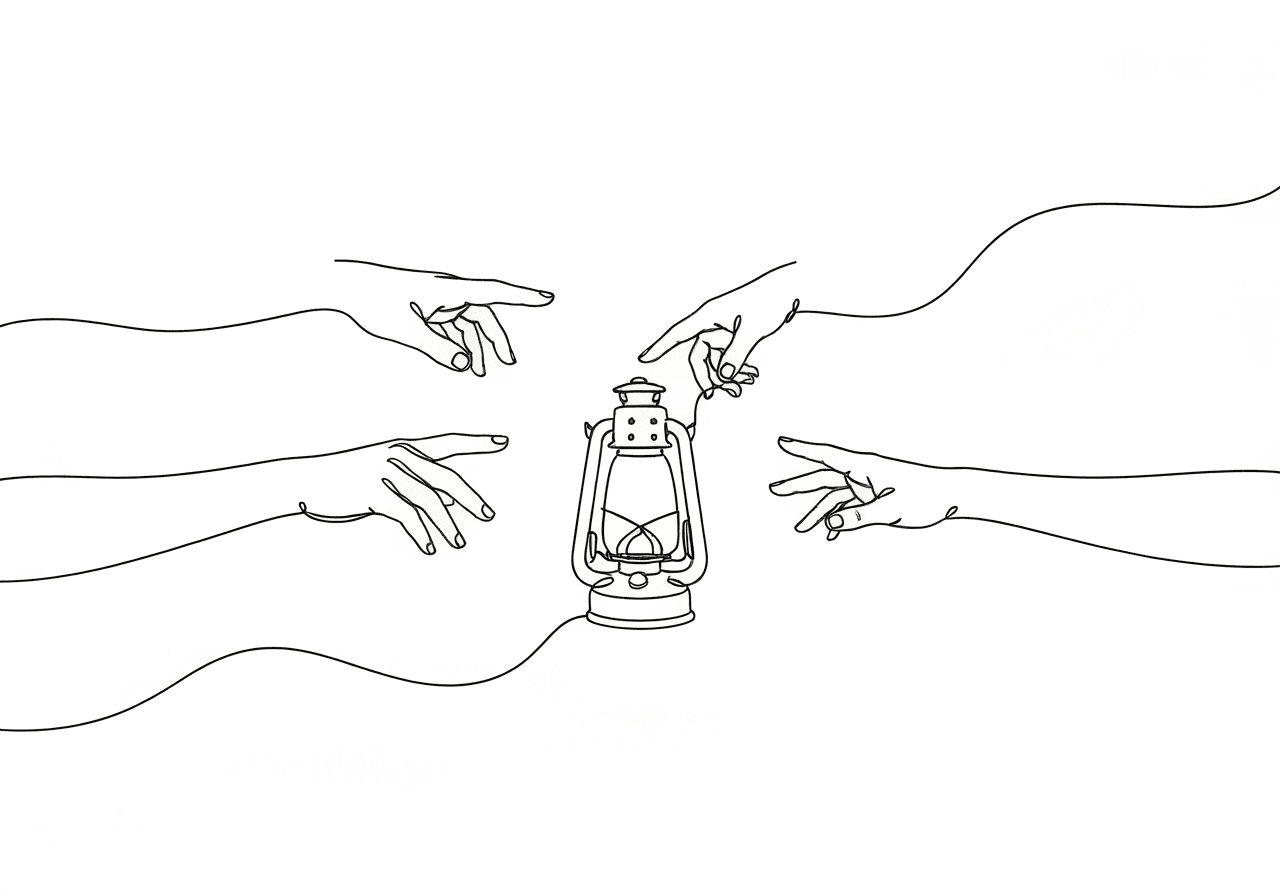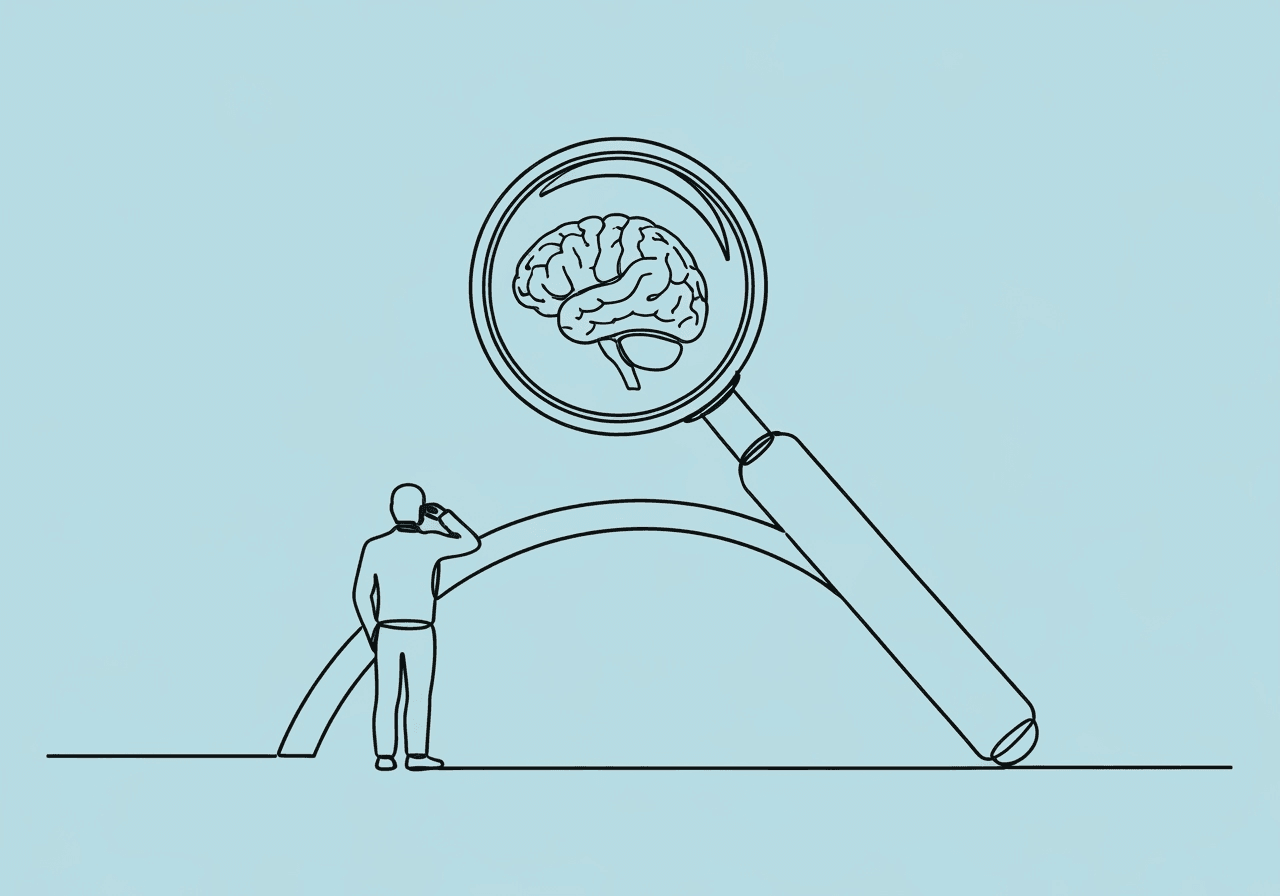Unconditioned vs Conditioned Reinforcers: ABA Guide

In ABA therapy, where sessions can be intense, choosing reinforcers wisely is crucial. Picture a child picking up a new skill not from rote drills, but because the reward hits their built-in drives. Grasping the differences between unconditioned vs conditioned reinforcers is vital for BCBAs and RBTs. It shapes solid behavior plans and sparks real change. This insight helps interventions match evidence-based practices from the BACB Task List, so pros can spot, set up, and use reinforcers that push forward.
This guide dives into core definitions, real examples, and hands-on uses. You'll see unconditioned reinforcers (primaries), conditioned ones (secondaries) via stimulus-stimulus pairing, generalized conditioned reinforcers against standard types, their fit in goal setting and BIPs, plus how motivating operations shift their punch. It's geared for session notes or token setups, with tips you can use right away.
Key Takeaways
- Unconditioned reinforcers work innately to meet survival needs, making them go-to for early stages.
- Conditioned reinforcers build value through pairing, offering flexible options like praise or tokens.
- Generalized conditioned reinforcers stand out for their broad appeal, cutting satiation risks in long-term plans.
- Motivating operations tweak reinforcer strength, so assess them to fine-tune choices.
- Document everything per BACB rules to keep practice ethical and data-backed.
Unconditioned Reinforcers: Innate Rewards That Drive Behavior
Unconditioned reinforcers, or primary reinforcers, are stimuli that boost future behavior rates on their own, with no learning needed. They meet core biological demands for survival and motivate across all species. As outlined in resources on identifying unconditioned reinforcers, they operate without a person's past experiences, so they're steady picks for early work.
Think food, water, warmth, oxygen, or relief from pain or loud sounds. Say you hand out a favorite treat after a kid finishes a job—it sticks because hunger amps up its pull naturally. In ABA spots, these shine with young kids or folks with few likes, skipping any setup or background.
But watch for over-reliance or quick fill-up. BCBAs typically kick off with them in checks, then shift to broader choices as abilities grow. Yet this fits BACB ethics, focusing on the least limiting steps that build self-reliance, per the Ethics Code for Behavior Analysts.
Conditioned Reinforcers: Building Value Through Learned Associations
Conditioned reinforcers, known as secondary reinforcers, pick up their pull by linking to unconditioned ones or other conditioneds. But their strength comes from what a person has learned, so you can tweak them for sessions. From the BCBA Task List (5th ed.), they're neutral items that turn rewarding after repeated links.
Setting one up often means stimulus-stimulus pairing (SSP), a classic conditioning method. You pair a neutral thing steadily with a primary reward. Take a sticker (neutral) shown with food (primary) again and again—the sticker then works solo. A systematic review in Behavioral Interventions finds SSP builds fresh reinforcers well. Still, pairing tied to behavior—handing it out for actions—beats non-tied ways for better results.
Day-to-day, items like praise, tokens, or high-fives widen your toolkit past body basics. They're key in schools or homes where treats won't fly, helping skills spread. RBTs can try SSP in like checks to grow options, keeping things fresh.
Generalized Conditioned Reinforcers: Versatility Beyond Standard Pairings
Generalized conditioned reinforcers (GCRs) take conditioned reinforcers further. They get wide pull from links to many unconditioned and conditioned types. Standard conditioneds stick to set ties and can fade if filled up, but GCRs hold steady in varied spots thanks to their mix of backgrounds. Study Notes ABA (2024) notes GCRs, such as cash or point setups, go "generalized" since you can swap them for all sorts of backups, easing off direct primaries.
Tokens in a token economy fit here: Linked often to eats, playthings, and cheers, they back many actions without fast wear-out. This differs from a basic conditioned like praise tied to just one task, which might drop if the kid tunes out. A quick table shows contrasts:
- Pairing Background: Standard types link to a handful; GCRs connect with varied kinds.
- Adaptability: Standard ones fit set scenes; GCRs work in all sorts of places.
- Fill-Up Chance: Standard faces more, locked to one drive; GCRs see less, thanks to swap options.
In ABA, GCRs aid ongoing setups by encouraging self-watch. Check our guide on RBT C-12: Token Economy Implementation for how-tos. They're perfect for easing primary use while keeping gains.
Clinical and Documentation Relevance: Selecting Reinforcers for Goals and BIPs
Picking unconditioned, conditioned, or generalized reinforcers affects results big-time, right down to goal notes and behavior intervention plans (BIPs). Unconditioneds handle urgent wants, like water pauses for a dry kid to back following rules. Conditioneds let you personalize—say, cheers with treats for social gains. GCRs lead in full BIPs, with token setups backing many aims without always grabbing primaries.
For goals, name the reinforcer kind for clear tracking. A BIP aim could read: "The learner finishes a task chain backed by a generalized conditioned reinforcer (token swapped for liked items) to grow self-rule." This ties to Applied Behavior Analysis Programs (2023), stressing picks from like checks. See our piece on Mastering RBT B-1: Conducting Preference Assessments for steps.
When to pick: Go unconditioned for urgent or start phases; conditioned for learning skills; GCRs for upkeep and spread in BIPs. Note the why, strength, and fade steps to meet BACB rules, keeping things right and fact-based, as in the Ethics Code for Behavior Analysts. Smart picks boost BIP work, cutting issues while growing helpful habits.
The Role of Motivating Operations in Reinforcer Effectiveness
Motivating operations (MOs) are shifts in surroundings or body states that change a reinforcer's worth and the actions it sparks, just for a bit. They shape unconditioned vs conditioned reinforcers in ABA deeply. An establishing operation (EO), say hunger, ramps up food's kick. An abolishing one (AO), like a full belly, cuts it back. Ambitions ABA (2024) points out MOs forecast actions, so BCBAs can tweak starters for top reinforcement.
With unconditioneds, it's simple—dry mouth makes water a must. Conditioneds lean on past learns but shift too; cheers might fire up in low-friend times (EO) yet flop after too much. GCRs, backed by wide links, handle MO swings better, holding worth in ups and downs.
To use, check MOs through watches or notes to tweak on the fly. Plan sessions pre-meals to tap hunger as an EO for treat backs. This mix, from BCBA Task List (6th ed.), boosts results. For basics, look at ABA Reinforcement and Punishment: Key Definitions and the Ethics Code for Behavior Analysts. It's how pros keep reinforcers strong, making therapy right and smooth.
Frequently Asked Questions
What is a primary reinforcer in ABA?
Primary reinforcers, or unconditioned ones, motivate by nature. They fill body needs with no learning, like food, water, or cozy spots. These bump up action rates on their own and fit start ABA work with little kids or short histories. From the BCBA Task List (5th ed.), think oxygen or easing hurt—they click for all due to life basics.
How are secondary reinforcers established in behavior analysis?
Secondary, or conditioned, reinforcers get their spark from stimulus-stimulus pairing with primaries, such as linking tokens to bites over and over. It's classic conditioning that turns plain items rewarding bit by bit. A Behavioral Interventions review backs that action-linked pairing ups their strength, so they're handy in token flows or cheer setups. In a real session, you might pair a thumbs-up with a toy win to make it standalone later.
What are examples of generalized conditioned reinforcers?
Generalized conditioned reinforcers cover money, points, or spoken cheers tied to many rewards, giving wide backup without tight bonds. They dodge quick fill-up unlike basic conditioneds and aid varied actions. Study Notes ABA (2024) spotlights them in token plans, where trading keeps drive going in homes, schools, or beyond. A pro might use stars earned for chores, swapped for picks like play or snacks.
How do motivating operations affect reinforcer choice in ABA?
Motivating operations (MOs) shift a reinforcer's pull for the moment; tiredness (EO) makes rest a big draw, while fresh rest (AO) dials it down. It steers picks—grab treats in hungry spots for unconditioned hits. Brighter Strides ABA (2024) pushes checking MOs to fit plans. Picture a kid more tuned for praise after alone time; skip it right after group fun, or it lands flat.
Why use conditioned reinforcers over primary ones in therapy?
Conditioned reinforcers bring ease and spread, easing off treats while growing social bits via cheers or tokens. They fit drawn-out times where primaries fill fast. From Magnet ABA (2024), their learned bend matches ABA aims for self-rule, but keep the links fresh for staying power. In group work, tokens beat snacks for quick hand-outs without mess.
How should reinforcers be documented in BIPs for BCBAs?
In BIPs, spell out the kind (say, GCR through tokens), the if-then link, and MO notes, plus facts on strength and fade. It makes plans trackable and right. Applied Behavior Analysis Edu (2023) suggests tying to like checks for solid picks, aiding BACB rules and gain watches. Jot why you chose praise over food, with logs on how it works over weeks.
Grasping unconditioned vs conditioned reinforcers arms BCBAs and RBTs for sharp, drive-filled setups that build true steps. From built-in primaries for base wants to flexible GCRs in token flows, these, shaped by MOs, back right, strong work. Core points show smart links and checks—not blanket use—fuel wins, drawn from ABA sources.
Try a like check in your next go to find top picks. Add GCRs to a BIP aim, noting MO effects for checks. Train on stimulus-stimulus pairing to craft conditioneds fit for kids. These moves, evidence-tied, up note work and client gains, matching Praxis Notes' push for ABA aids.
Popular in Behavior Analysis Concepts
- 1
Partial Interval vs Whole Interval vs MTS: ABA Guide
1,0516 min read - 2
ABA Prompting Hierarchy & Prompt Fading: RBT How-To Guide with Examples
9807 min read - 3
ABA Graph Analysis Terms: Level, Trend, Variability
8966 min read - 4
Functional Behavior Assessment ABA: Complete 2025 Guide [Step-by-Step]
7966 min read - 5
DRA vs DRI vs DRO vs DRL: The Clear RBT Comparison Guide
7939 min read
Popular in Behavior Analysis Concepts
- 1
Partial Interval vs Whole Interval vs MTS: ABA Guide
1,0516 min read - 2
ABA Prompting Hierarchy & Prompt Fading: RBT How-To Guide with Examples
9807 min read - 3
ABA Graph Analysis Terms: Level, Trend, Variability
8966 min read - 4
Functional Behavior Assessment ABA: Complete 2025 Guide [Step-by-Step]
7966 min read - 5
DRA vs DRI vs DRO vs DRL: The Clear RBT Comparison Guide
7939 min read
Related Resources
Explore more helpful content on similar topics

Master Stimulus Control in ABA: SD vs S-Delta Explained
Unlock Stimulus Control ABA definitions: Explore SD vs S-Delta with real examples. Master stimulus discrimination training to boost skill teaching, generalization, and practical applications for RBTs and BCBAs.

ABA Verbal Operants Definitions: Mand, Tact & More
Discover ABA verbal operants definitions: mand, tact, intraverbal, and echoic. Explore controlling variables, practical examples, and quick reference tips to distinguish them. Essential guide for RBTs and BCBAs.

Radical Behaviorism Glossary for ABA: Key Terms
Dive into the essential Radical Behaviorism glossary for ABA. Master terms like private events, mentalism, and explanatory fiction to craft objective session notes and precise FBAs. Ideal for BCBA and RBT professionals.